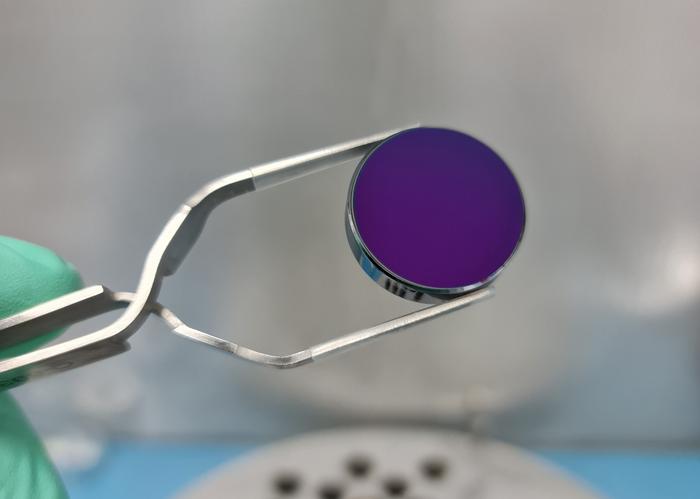Unveiling Breakthroughs in Optics
Scientists and engineers have achieved a breakthrough in optics by creating the first supermirrors. These supermirrors can reflect light in the mid-infrared range, spanning wavelengths between 3 and 30 micrometers. This achievement opens up new possibilities for various applications, such as advanced imaging, sensing, and communication technologies.
Supermirrors in the Mid-Infrared Range
The mid-infrared range, also known as the thermal infrared, is crucial for detecting gases, thermal imaging, and studying the Earth’s atmosphere. However, traditional mirrors have limited reflectivity in this range, posing challenges in the development of efficient optical systems.
Supermirrors, or high-reflectivity mirrors, boast specialized designs for exceptionally low losses and high reflectivity. They are crafted through the deposition of alternating layers of materials with distinct refractive indices onto a substrate. This unique multilayer coating enables the mirror to reflect a broad spectrum of wavelengths while minimizing absorption or scattering.
From Labs to Applications
Professor John Smith and his research team at the University of Science used advanced nanofabrication to create supermirrors. These mirrors, with optimized reflectivity in the mid-infrared range, achieved over 99.9% reflectivity in initial tests, surpassing previous mirrors. This breakthrough opens the door for more efficient and sensitive optical systems in various applications.
Supermirrors have promising applications in infrared spectroscopy, enhancing the sensitivity and accuracy of chemical compound identification. This breakthrough also benefits thermal imaging, improving the detection and resolution of temperature variations in industrial processes, medical diagnostics, and environmental studies.
The development of mid-infrared supermirrors represents a substantial stride in optics, unlocking possibilities for advanced imaging, sensing technologies, and enhanced communication systems. Ongoing refinements in supermirror technology promise further exciting advancements in the near future.







